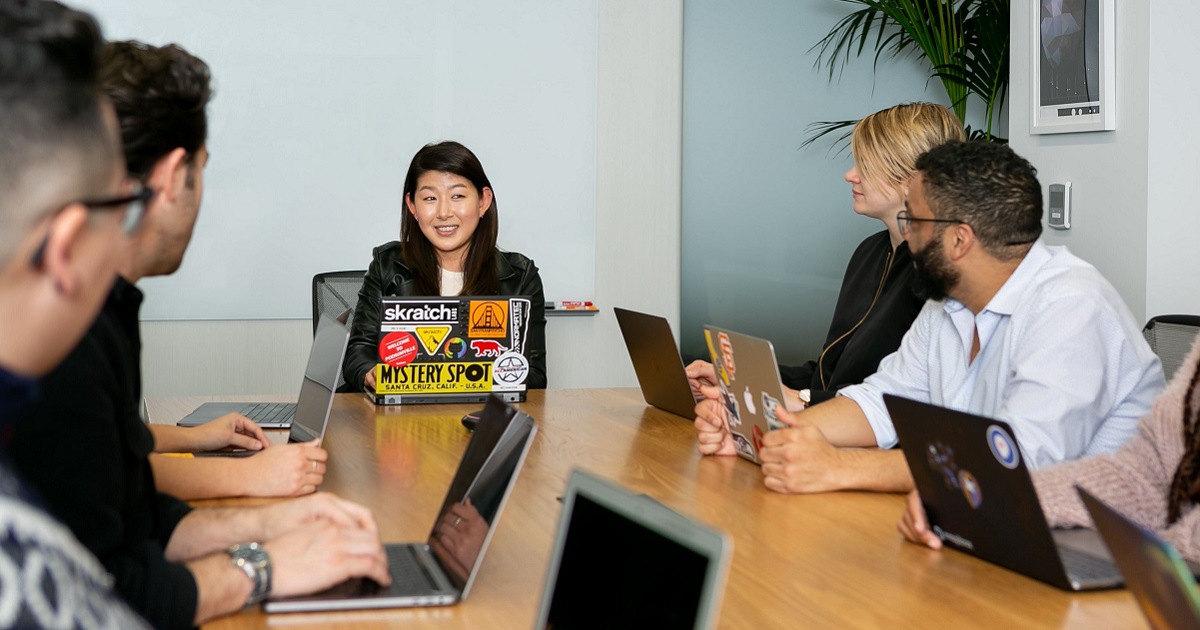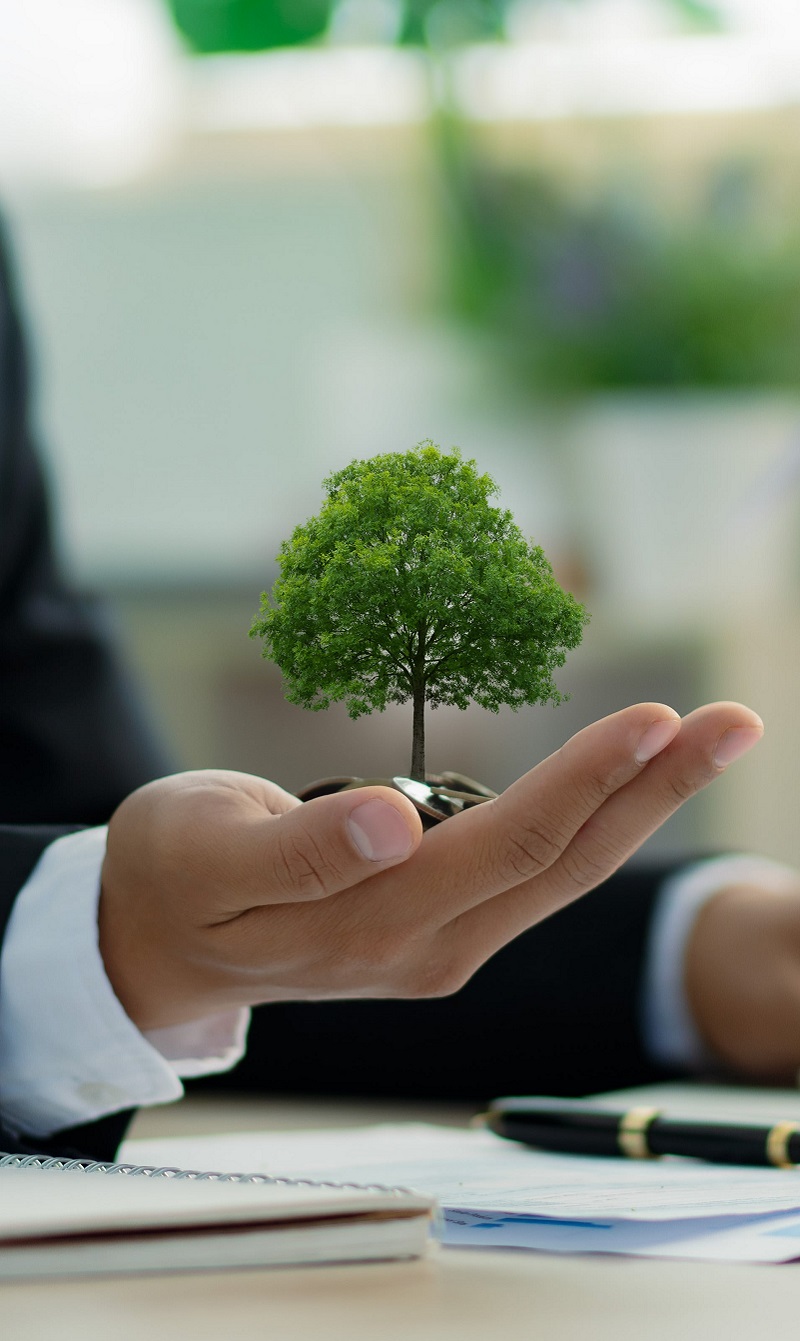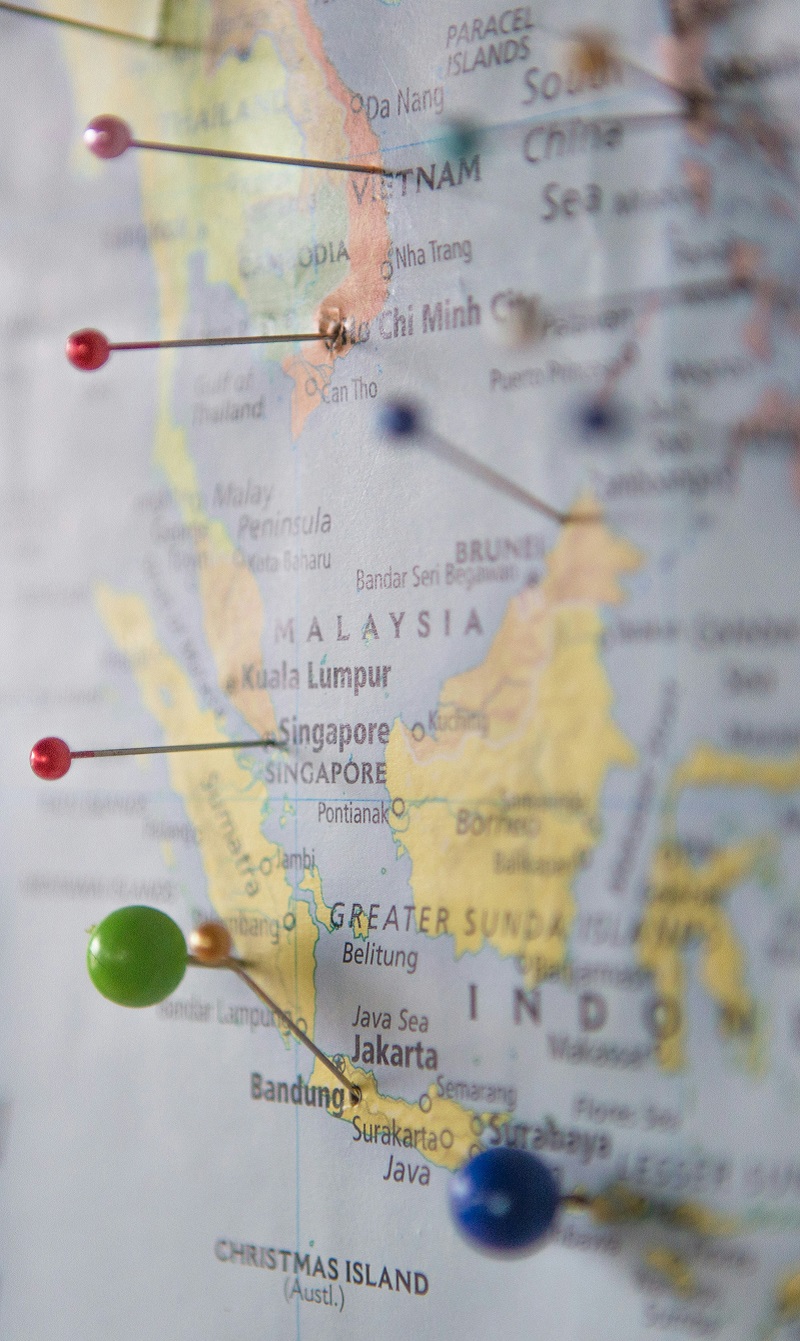Future of Leadership
Leaders are struggling to keep businesses afloat within today’s complexities of business operations, supply chains and markets. This requires revamping the way we think and manage. Thus, WIEF thinkTALK Series 2023 in March, discussed Future of Leadership: Diving into Unchartered Waters.
Three speakers talked about their entrepreneurial journey and leadership style during the online thinktTALK session on future of leadership. They were moderated by editor at Welchman Keen, Sofiah Jamil. The speakers were:
- Ganesh Kumar Bangah – Founder and Executive Chairman of Commerce.Asia Group of Companies, Malaysia
- Keith Tan – CEO and Founder of Crown Digital Pte Ltd, Singapore
- Pat Dwyer – Founder and Director of The Purpose Business, Hong Kong
Positive Disruptions
Ganesh Kumar Bangah: I’ll give you examples from my career on how disruption and change [helped me] as a leader and entrepreneur. The first one, was when I was 20 years old, I was working at a cybercafé and it inspired me to start a company that developed a cybercafé software that enable owners to properly manage the cafè, including unlocking the screen for customers and with proper billing system.

It was a free cybercafé management system and it did well in terms of traffic. Then we realised, how do we make money? We decided to start charging, get into online payment and earn from a fee for the transactions. Next, we thought what products are people buying online that we could enable payments for? This was year 2000 and not many people did online shopping. So, we were stuck.
Then I noticed people were playing online games at cybercafés, specifically, a Korean online game by a Korean game publisher. So, I flew to Korea and met its CEO and convinced them to give us the exclusive rights for the game’s payment gateway. Within 10 or 15 years of launching, we grew the business to 14 different countries globally and 25 per cent of emerging market game payment volume went through our payment system.
That made me think that a leader in today’s organisation have to continually innovate, be creative and constantly change. We also have to be drivers of change. 15 years before the term fintech was coined, we were the first e-wallet in Malaysia at that time.
Another point is, timing is key to succeeding. There is a right time to do everything. For example, launching an e-commerce marketplace here in Southeast Asia eight or ten years ago might not work, because people lacked the know-how and there was no logistic infrastructure yet for delivery of goods.
Keith Tan: In 2016, a small café within an industrial area in Singapore. We offered ground coffee, great sandwiches and Italian roasted coffee. The 500 square feet of café space became the place for coffee for a lot of companies around the area that consisted of tech companies and even DHL. The latter approached me to be their in-house caterer, six months after I set up shop.
At that time, the world was talking about digital transformation. One day, an IoT startup that just moved into the building came to my café, said they needed a space to host [events] and asked if they could do it at my café. I thought, why not? As long as they buy coffee, they can use the space. Along the way, from them I had free lessons on IoT and from DHL, on tech disruptions.

Then we grew to four locations and faced a mounting challenge of labour. In Singapore, F&B workforce mainly relied on foreign workers. How do I replicate the personalised experience to the other outlets? So, I started looking at AI. I’m not from tech background. I was in finance. But the labour challenge drove me to find a solution from tech. I looked into robotics. We know how to make a great coffee. If I can move the ordering process into a mobile app and have robotic arms that could produce without human labour, wouldn’t that be a solution? I can then scale massively.
First, I had users on a mobile app we named, Ella. It allows a user to pre-order, customise and pay before arriving for pick up. That saves waiting time. A lot of our customers want to come, grab and go, in the mornings. Speed and efficiency are not only what they’re looking for, also consistency and quality. Then I thought, if I wall the mobile app, I can create a wallet since I have repeat customers who can simply top up money in it and this will keep them ‘sticky’ with me. In return, I can reward them. With my business digitalised this way, I can do predictive inventory planning.
After three years of research and development, we received funding from East Japan Railway Company, our strategic investor. We also got other investors and we grew. We have the highest throughput in the market – 200 cups of fresh coffee an hour and without human labour. A solution that allows us to scale massively.
Pivoting into tech and have Ella contactless truly helped during two years of COVID-19 lockdown. Today, our solution is widely sought after around the world because we’re solving a fundamental problem with global labour shortage and we’re excited to continue scaling into different markets.
Pat Dwyer: I started as a tree hugger. I worked for environmental NGOs. We realised that there was an opportunity to get businesses to do good. More than two decades ago, there was no such thing as CSR.
As a young leader, way back then, I had to fit into the business world in the Philippines and still remain an idealist, combative NGO worker. I knew how to measure impact with farming cooperatives but I did not have an MBA. I didn’t know what a ‘P and L’ was in a boardroom. I had to learn that.

When I joined Shangri-La [Hotels] in 2008, I was under 30 years old with no idea how they operated. They were regimented but at the same time was telling everyone to cut down on food waste, reduce water consumption and build community development. From there, I had my first leadership lessons: know your stuff and work within a context that you are given or find yourself in.
You’re educating and changing [mindsets]. Seven and a half years later, the organisation was enlightened enough to think they can’t build 50 more hotels the way they used to build them. But what is the balance? That’s when you coin things like ‘sustainable tourism’ and ‘responsible luxury’. But it was a struggle.
The first take away here is, in trying to run a sustainable business that takes people, planet and profit together, there are certain concessions as an Asian: there has to be a transition and this is my take on the biggest disruption. We’re about to breach 1.5 degrees [Celsius] in 2030. As a leader, we’re now confronted with a very different context from generations before us.
It was World Water Week and it was expected that demand was going to outstrip supply by about 40 per cent, and in Asia we are used to water rationing. Keyword here is, overshoot. Some of us might have heard of Earth Overshoot Day, which makes a date when humanity has used all the biological resources of Earth that’s needed to regenerate in that year. Last year, World Overshoot Day was 28 July. This means on 29 July we’re already borrowing from the future year. This means we’re consuming more. We’re overshooting.
What is it that we need to do to change the way we think of business so that we’re not [overshooting]? We have to be profitable, but not profit maximisation because profit at all costs has gotten us here, introduced social inequity, climate change and stretched us to things like modern slavery. We need to rethink business models that shareholders are not supreme.
The good news is, this is already happening at The Purpose Business. The key was to guide leaders to evolve into a force for good. There are many examples of organisations from the West but where are the Asian examples?
Maximisation is not what we exist for. Business vision is where you want to go, mission is what you do. It is the product or service. Transformation really starts at the heart of purpose and purpose is why you do what you do.
There are three things we need to think of:
- Systems thinking: Climate is not an environmental issue it is a social issue that impact, among other things, food security.
- A multi-stakeholder view: Listen and nurture relationships you have. Understand your key audience, who do you serve, who comes first?
- An empathetic stance: Putting yourself in the shoes of others, is an action. This hits things like customer satisfaction.
Future Challenges for Leaders
Ganesh: I think the need for diversity is important. Not just in terms of gender but economic diversity. Not just people from a particular geographical area but from both urban and rural to understand the market.
Keith: When it comes to Gen Z, well, their family is well to do. They don’t need the job. They work for the purpose and no longer for survival. To attract them you need to have purpose-driven mission and they need to see themselves as part of that purpose for a bigger picture.
Pat: I’ll close with three things: One, everybody thinks we’ve cracked the environmental issues because we can calculate emissions and all that. There’s no method system around calculating what happiness is, what satisfaction is, what a responsible supply chain is. We’re still battling modern slavery and it sits in the heart of Asia. If Asia doesn’t crack it, the world isn’t going to get it right.
Two, is biodiversity. Something Asia holds central. The region holds 20 per cent of the world’s biodiversity and 34 per cent of global coral reefs. If Mother Nature gave us an invoice today, well, you wouldn’t want to see it. How do you put value on biodiversity in your business? Transparency around where you get your supplies and raw materials, this is going to be key for Asia moving forward.
Lastly, is purpose. Vision is where you want to go. Mission is what you’re doing. The unique problem you’re solving at hand makes you an organisation with a unique contribution.
Further reads on quick interviews with Pat Dwyer, Keith Tan and Ganesh Kumar on their leadership journey.





